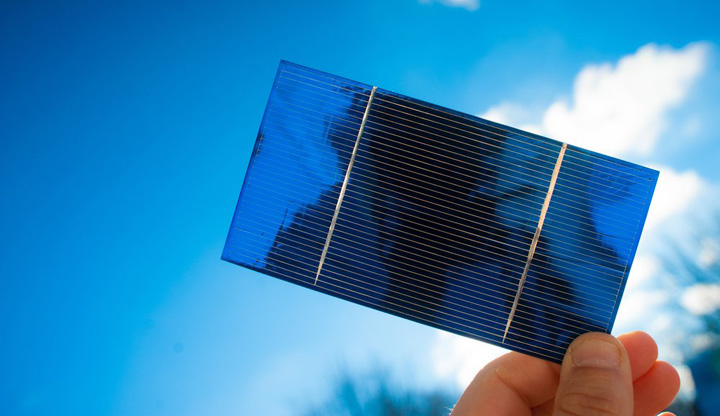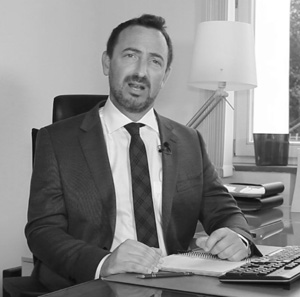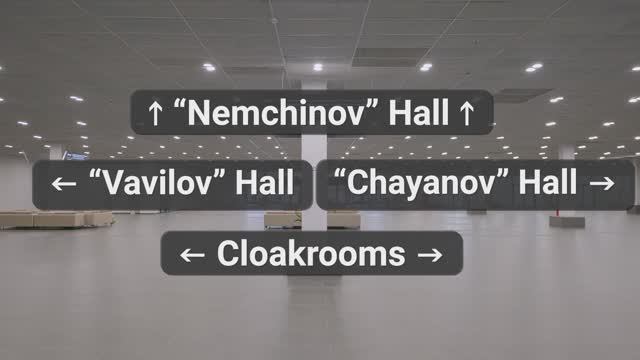Glass for Europe Association prepares a milestone program for decarbonisation of production


One of the topics that will be discussed in the program of the World of Glass Exhibition is the reduction of the carbon footprint in the glass industry. The topic is a hot issue, since from December 30, 2021 the Federal Law of the Russian Federation No 296-FZ "On limitation of greenhouse gas emissions" comes into force. This same topic was discussed in early December by European colleagues from the Glass for Europe Association recognizing the need to make adjustments to the European Commission's directives on energy efficiency.

Three years ago, Europe set the goal of becoming the world's first climate-neutral economy. To make this possible, the European Green Deal has been drawn up, ordering manufacturers to reach zero greenhouse gas emissions by the middle of the century.
Bertrand Cazes, Secretary General of Glass for Europe, identified this as a turning point for such an important industry sector as the flat glass sector:
- Among the dozen or so legislative proposals published by the European Commission, Glass for Europe particularly supports measures that can promote CO2-neutral products on the market, i.e. measures aimed at improving energy efficiency and the use of renewable energy in both buildings and transport. Flat glass is a very important material for achieving climate neutrality. The flat glass sector is essential for the mass scale decarbonisation of the construction, transport, and energy sectors, which account for the lion's share of CO2 emissions in Europe. The production of flat glass is an energy-intensive activity in itself. The Association is committed to reducing its own CO2 emissions, a major challenge on the road to carbon neutrality.
Reducing the energy consumption of buildings is one of the main tools for achieving cost-effective and long-term reductions in CO2 emissions. This requires high-tech glazing solutions. Energy efficient glazing can save about 29% of the energy used in buildings, resulting in annual reductions of over 94 million tonnes of CO2.
Experts estimate that in the next 30 years, the European society will need about 60% more flat glass than this year. That's a very big number. No other material can replace glass, and it's not just about saving energy. Glass can be an important component of renewable energy technologies, such as photovoltaic modules and the building integrated photovoltaic system (BIPV). Photovoltaic systems built into the facade of a building open up enormous opportunities for power generation; in fact, every building can become a mini-electric power plant.
We need to use as much recycled glass as possible, it saves raw materials and energy. The main problem is how to clean up recyclable materials in order to use them for recycling. Fundamentally new solutions are required here. This would be a major step toward achieving carbon neutrality.
In order to continue to develop production in Europe, the European glass industries need stability and a long-term perspective. In this regard, supporting efforts to de-carbonize glass production is critical, as well as reducing energy costs and ensuring a stable supply of energy and raw materials. The concept of energy efficiency (EE) should be taken into account, both in the milestone program and in the deep energy reconstruction of public buildings, and it should the basis of the national renovation strategies of all European states.


